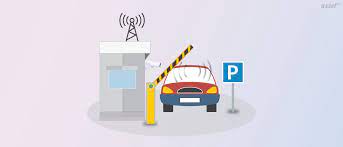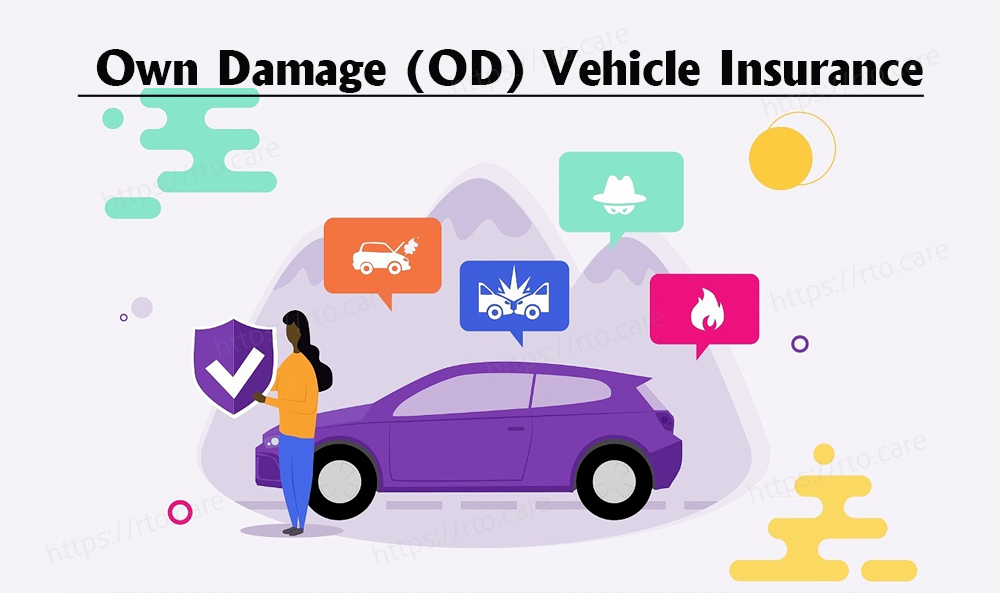What is FASTag: A Complete Guide
Introduction
Long vehicle queues and lengthy waiting times at highway toll plazas have been a common inconvenience for drivers. However, thanks to FASTag, this is no longer the case. FASTag is an electronic toll collection system that has revolutionized toll tax collection in India since its introduction in 2014. In this comprehensive guide, we will explore what FASTag is, how it works, its benefits, and everything else you need to know about this technology.
What is FASTag?
At its core, FASTag is an electronic toll collection system operated and managed by the National Highways Authority of India (NHAI) through its subsidiary, Indian Highway Management Co. Ltd (IHMCL). Using Radio Frequency Identification (RFID) technology, FASTag enables drivers to pay their toll taxes electronically at toll booths without the need for manual cash transactions. FASTag is a small card affixed to the windscreen of a vehicle, which communicates with a scanner at the toll plaza using RFID technology. As the vehicle passes through the toll plaza, the required toll amount is automatically deducted from a linked prepaid or savings account. This eliminates the need for vehicles to stop at toll plazas, saving time and reducing fuel consumption.
How Does FASTag Work?
The FASTag system consists of two main components: the FASTag card and the scanner. The FASTag card is affixed to the windscreen of the vehicle, while the scanner is installed at the toll plaza. When the vehicle approaches the toll plaza, the card communicates with the scanner using RFID technology. As the vehicle crosses the toll plaza, the toll amount is automatically deducted from the linked bank account or prepaid wallet. The FASTag owner receives an SMS alert confirming the deduction. It’s important to note that if the FASTag is linked to a prepaid account, the owner needs to recharge or top up the tag. However, if the tag is linked to a savings account, the amount is automatically deducted when the balance falls below a pre-defined threshold. The balance in the FASTag account has no expiry date and can be used as long as the tag is readable and not tampered with.
Is Getting a FASTag Card Mandatory?
Yes, it is mandatory for all vehicle owners in India to have a FASTag card, regardless of whether they use their vehicles on highways or not. The government made FASTags compulsory for all vehicles using national highway toll plazas, with the aim of reducing congestion and improving traffic flow. Vehicles without FASTags face penalties, such as having to pay double the toll fee in cash or being denied passage through FASTag-enabled toll booths.
How to Get a FASTag Card?
FASTag cards can be obtained both online and offline. Offline options include visiting the point-of-sale (POS) terminals at national highway toll plazas, over 40,000 POS locations set up by 26 member banks, selected bank branches, regional transport offices (RTOs), and transport hubs. Online options include purchasing FASTags from e-commerce websites such as Amazon and Flipkart, or from the web portals of member banks such as HDFC Bank, ICICI Bank, Axis Bank, IDFC First Bank, Paytm Payments Bank, and Airtel Payments Bank. The maximum price of a FASTag is capped at Rs 100, with additional charges of a security deposit and minimum first recharge amount depending on the vehicle class.
How to Recharge a FASTag Card?
FASTag cards can be recharged both offline and online. Bank-issued FASTags can be recharged by visiting the respective bank’s web portal and using net banking, UPI, or debit/credit card. NHAI FASTags can be recharged through UPI on the My FASTag App or via net banking, UPI, and debit/credit card. Recharge amounts can be as low as Re 1 for existing FASTag wallets. However, the first recharge amount at the time of purchase is normally Rs 200, excluding the security deposit. Recharge limits are determined by the extent of the KYC (Know Your Customer) process, with limited KYC account holders having a monthly recharge limit of Rs 10,000 and a yearly limit of Rs 1 lakh, while full KYC account holders have a balance limit of up to Rs 1 lakh at any given time.
Frequently Asked Questions about FASTag
Do You Need FASTag Even if You Don’t Use Highways?
Yes, having a FASTag is mandatory for all vehicle owners in India, as the government plans to make it mandatory for third-party insurance as well. Additionally, FASTag is being integrated for payments at wayside utilities on highways, parking lots, and other locations, making it a versatile payment tool.
Which Highways Accept FASTag?
FASTag is currently operational at over 750 toll plazas, including all national highway toll plazas and over 100 state highway toll plazas in India.
Can the Same FASTag be Used for Multiple Vehicles?
No, separate FASTags need to be purchased for each vehicle.
Can One Vehicle Use Multiple FASTags?
In most cases, one vehicle is assigned one FASTag issued by a bank. However, if a vehicle owner is unsatisfied with the service of a bank, they can get a new FASTag assigned, provided the previous tag has not been blacklisted by the bank.
Can FASTag be Recharged with Cash?
Yes, FASTag can be recharged with cash via the Bharat Bill Payment System (BBPS) at toll plazas.
Is There a Minimum Recharge/Top-Up Amount?
The minimum recharge amount for a FASTag wallet can be as low as Re 1. However, the initial recharge amount at the time of purchase is usually Rs 200, excluding the security deposit.
What if I Sell/Transfer My Car?
The original owner can close the FASTag account or wallet by contacting the issuing bank. The new owner can then obtain a new FASTag from any of the 26 issuer banks.
How Can I Verify the Correct Deduction from My FASTag Account?
Customers receive SMS alerts on their registered phone numbers for every deduction made from their FASTag wallet. The fee payable at each toll plaza is displayed at the toll plaza itself and can also be viewed online.
What Should I Do if My FASTag Gets Damaged?
In case of a damaged FASTag, the owner should contact the tag-issuing bank for a replacement.
Conclusion
FASTag has transformed the way toll taxes are collected in India, offering a convenient and efficient method for electronic toll payments. With its RFID technology and seamless integration with bank accounts and prepaid wallets, FASTag has made toll plazas a hassle-free experience for drivers. As the government continues to make it mandatory and explore further integrations, FASTag is set to become a multi-utility payment tool for various services. So, if you haven’t already, it’s time to get your FASTag and enjoy the benefits of a smoother and faster journey on India’s highways.




